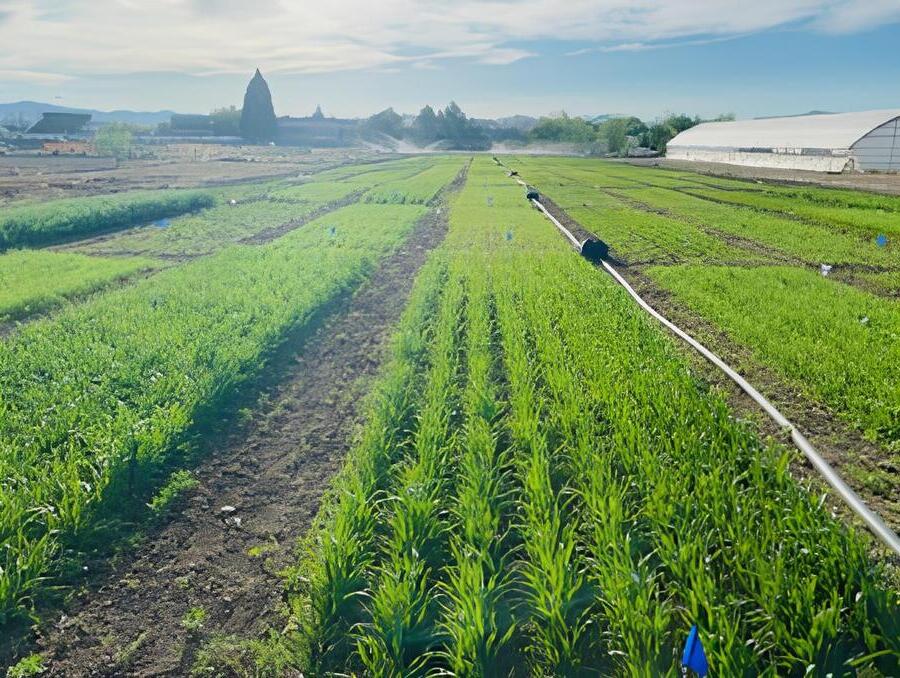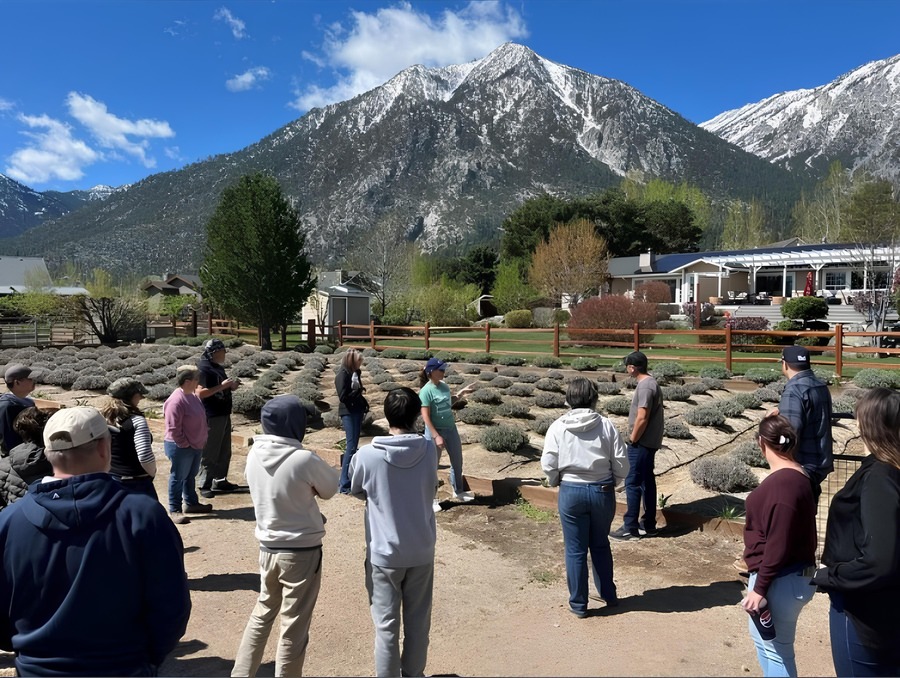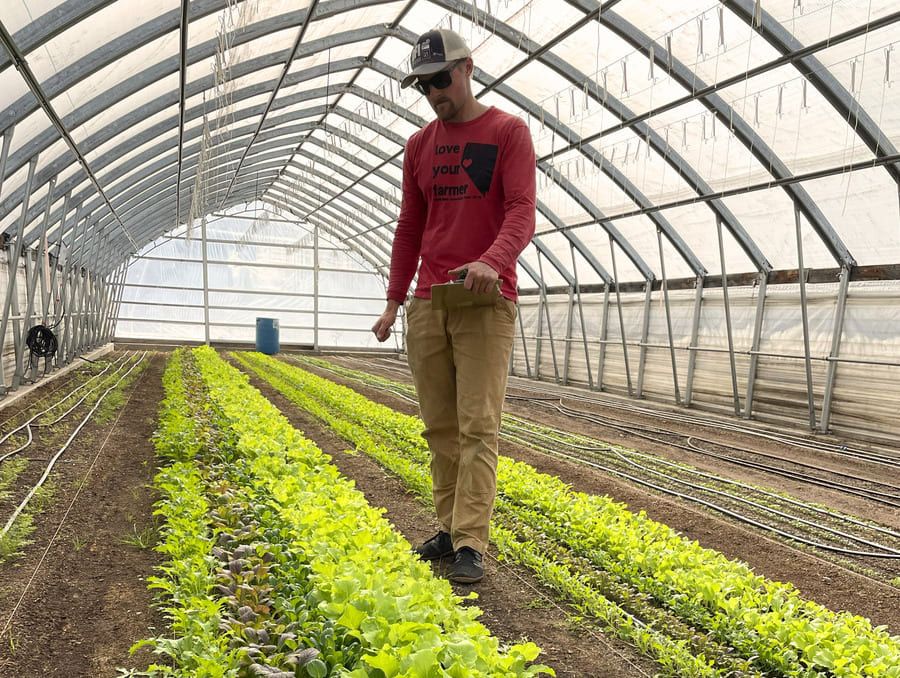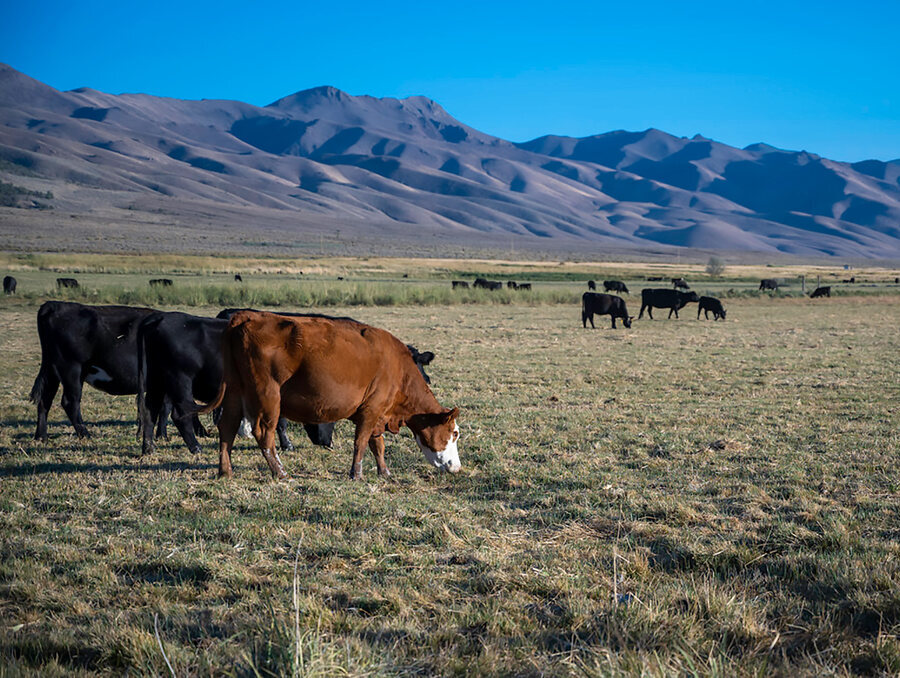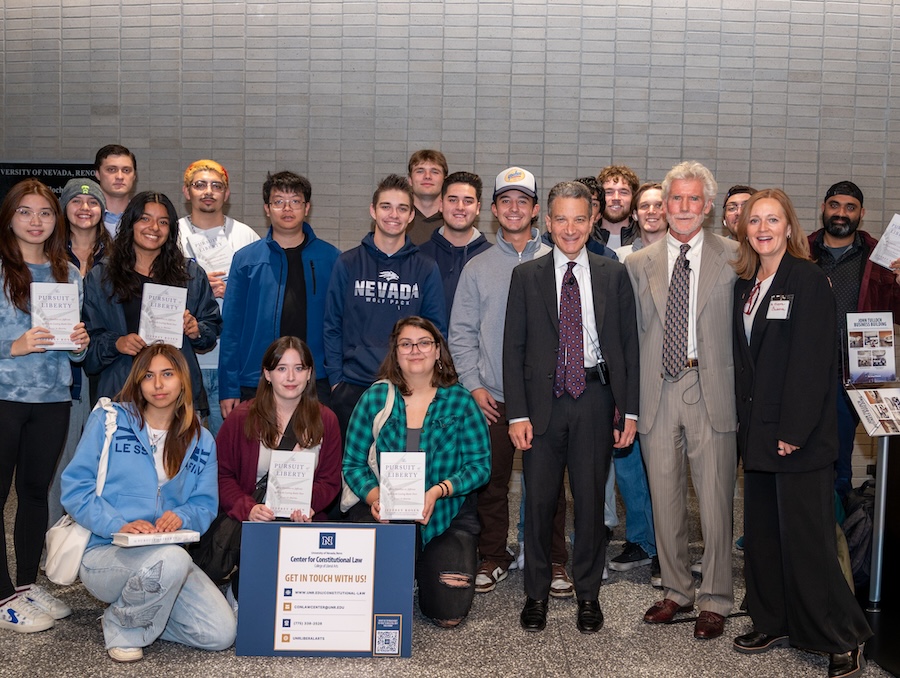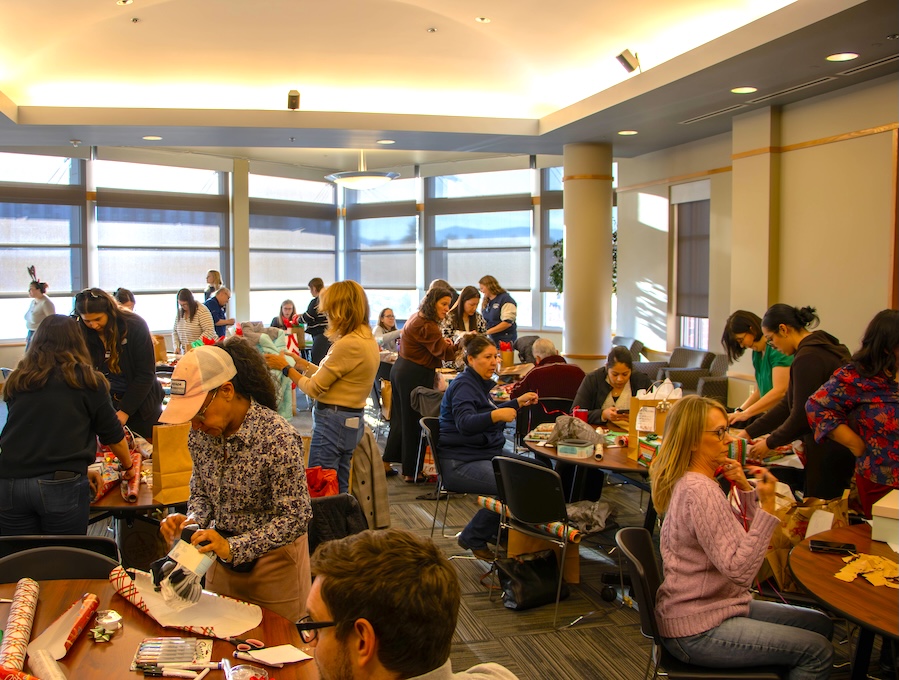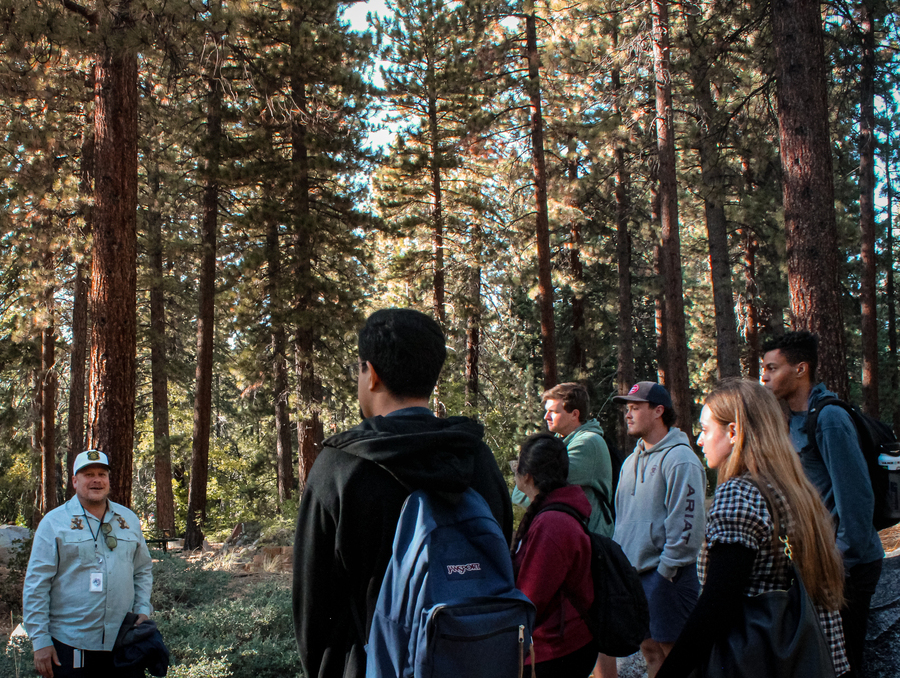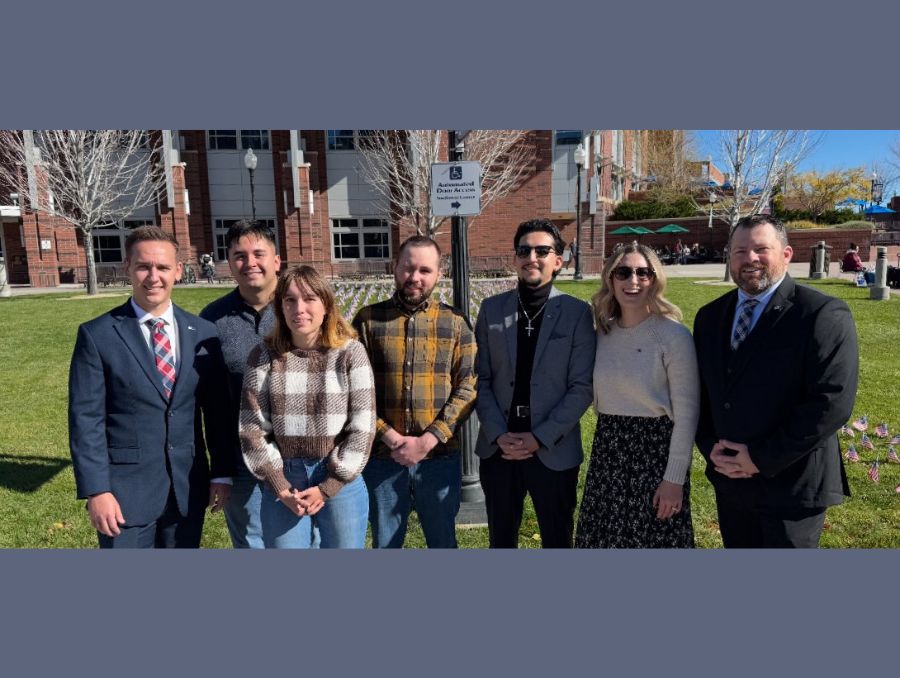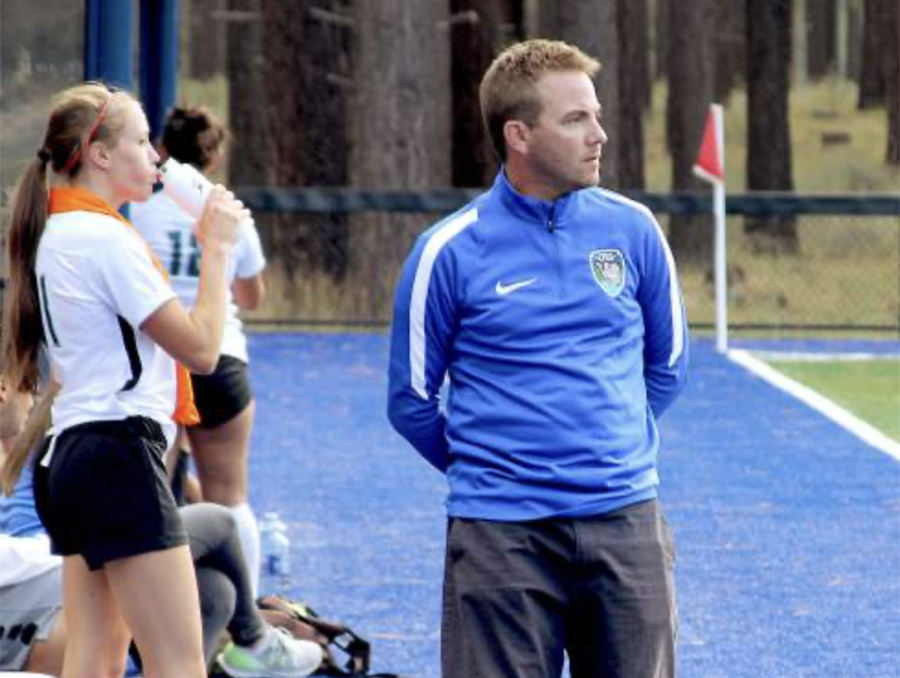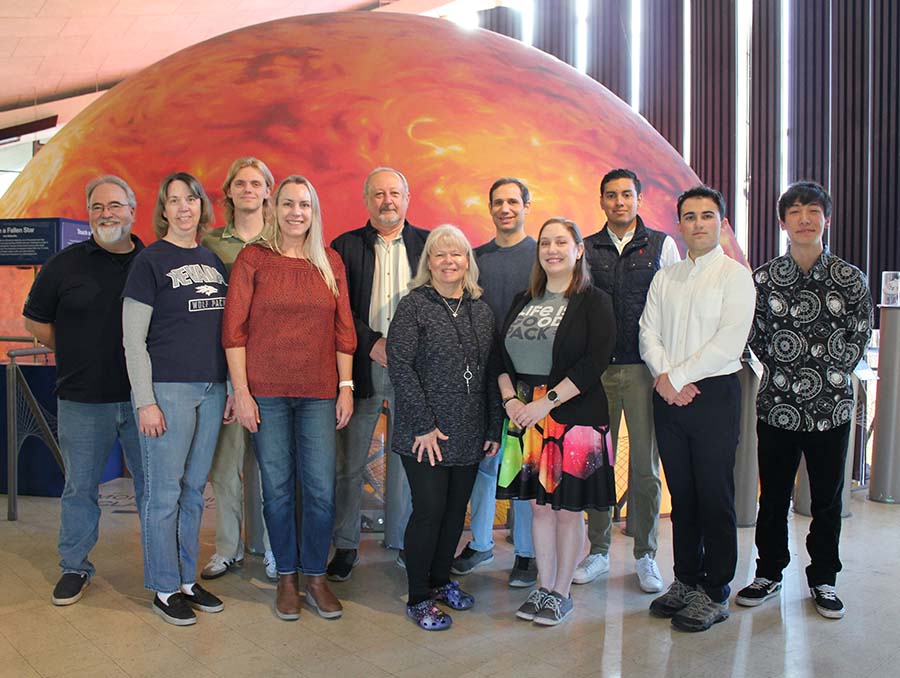Human activities such as intensive farming and overgrazing are degrading soil nearly 1,000 times faster than natural processes. If this trend continues, global food production could drop by 10% by 2050, with some regions facing losses of up to 50%.
In the dry landscapes of Nevada and across much of the West, where thin, fragile soils are the norm, this crisis could hit harder and faster, threatening rangelands, farms and the ecosystems that support them. Recent studies place Nevada among the most at-risk states.
In 2020, the U.S. Department of Agriculture’s Natural Resources Conservation Service, launched a nationwide study to identify cover crops, plants often grown between cash crop seasons, to help restore soil health. These crops add nitrogen and organic matter, reduce erosion, improve water storage, and pull carbon from the air, helping to fight climate change.
Subsequently, agronomists at the University of Nevada, Reno began an independent study to find the best ways to grow cover crops in Nevada’s dry climate. Their research focused on testing multispecies mixes, an approach rarely tried in dryland areas such as Nevada.

“Most cover crop research has looked at one or two species, but we wanted to go further,” said Juan Solomon, associate professor in the Department of Agriculture, Veterinary & Rangeland Sciences and researcher at the University's Experiment Station. “Used correctly, diverse mixes can help regenerate soils and support sustainable agriculture, especially in dry regions such as Nevada. But this is just the beginning, we need to keep exploring combinations that work best for this region.”
In an article published in the journal Heliyon, the research team from the University’s College of Agriculture, Biotechnology & Natural Resources, including Solomon as the project’s principal investigator, lead author and doctoral candidate Akwasi Opoku, College Dean William Payne, and environmental sciences doctoral student Anuoluwapo Ogunleye, outlined top-performing cover crops and growing practices for Nevada.
Key findings include:
- Feed quality: Legumes such as faba bean and winter pea had the highest protein levels, but mixed species cover crops may better support livestock diets due to having a more balanced protein-to-energy ratio.
- Timing for clearing cover crops: Delaying the clearing of cover crops just before planting cash crops boosted biomass but also raised the carbon-to-nitrogen ratio, slowing residue breakdown and delaying nutrient release. Clearing the cover crops early is recommended to improve nutrient availability for the next crop.
- Soil biology: Microbial biomass rose significantly in the second year, pointing to potential long-term soil health gains. The yellow sweet clover had the strongest effect on soil biology and may be especially valuable in species mixtures.
- Top biomass producers:
- Above ground: A mix of oat, faba bean and winter pea; and oat as a single crop
- Below ground: A mix of annual ryegrass, faba bean and yellow sweet clover; and ryegrass as a single crop
- Nutrient contributions:
-
- Carbon absorption: Was highest in sweet clover and winter pea monocultures
- Nitrogen fixation: Was highest in faba bean monoculture
- Protein concentration: Was highest in legume monocultures
-
“Cover crops aren’t a silver bullet, but they’re a key tool in the toolbox,” Solomon said. “Used correctly, they help regenerate soils and support sustainable agriculture, especially in dry regions such as Nevada."
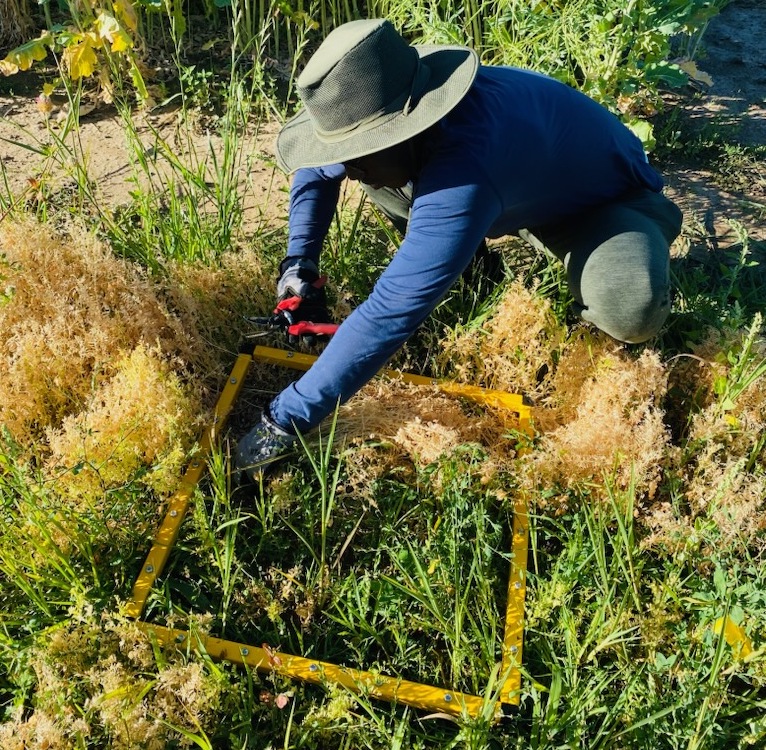
Conducted at the University’s Experiment Station, the researchers tested cool-season crops grown both as single species and in mixed plantings. They measured above- and below-ground biomass, feed quality and how much carbon and nitrogen accumulated in plant tissue. They also evaluated impacts on soil fertility, including changes in organic carbon, nitrogen levels and soil biology indicators such as microbial activity, respiration and earthworm presence.
“Strong top growth and deep roots are a win-win for farmers,” said Opoku, who studies under Solomon and Payne. “Top growth supports forage and soil cover, while roots improve water infiltration and soil structure, key traits for both immediate productivity and long-term resilience.”
A farmer’s best friend: University-backed cover crop research helps Nevada growers raise better forage
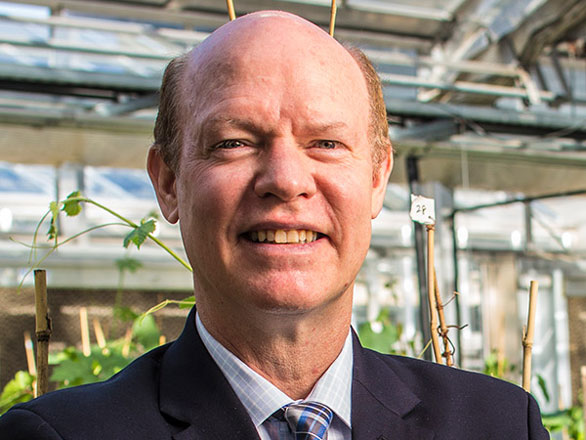
University agronomists have been working closely with Nevada farmers through the College’s Extension and Experiment Station units to promote regenerative farming. This partnership between science and agriculture is bringing new life to soils that have suffered decades of degradation.
One such success story comes from Joe Frey’s family farm, which has seen it all. Nearly a century after Frey’s grandfather first practiced regenerative farming before World War II, the operation shifted with the times, embracing pesticides and chemical inputs that reduced soil organic matter from 5% to just 1%.
Today, Frey grows small grains, including rye, wheat, barley, triticale and oats, as cover crops instead. He aims to plant 30 to 40 species in a single field, focusing on diverse mixes that include nitrogen-fixing legumes such as clovers and alfalfa. His system supports both grazing and hay production.
Since adopting regenerative practices, Frey has rebuilt soil organic matter, bringing it from 1% to 5% in five years, while cutting input costs by about $480 per acre each year and raising hay quality by two points in total digestible nutrients. He credits cover crops for regulating soil temperature, retaining moisture and attracting beneficial earthworms, key indicators of healthier soil. He has also observed that cattle grazing these fields maintain weight, produce healthier calves and naturally fertilize the land, reinforcing the regenerative cycle.
“It’s been a slow progression, considering how badly the soil was degraded by years of pesticide use, intensive tillage, grazing and monocropping,” said Frey, who also serves as a crop researcher with Extension.
A vocal advocate for the approach, Frey shares his results informally with other producers and challenges conventional practices that prioritize short-term yield over long-term resilience. Earlier this year, he led a preconference workshop on regenerative agriculture at Extension’s Small Agriculture Conference, walking participants through how he rebuilt his soil using diverse cover crop mixes integrated with grazing.
Related research: how cover crops in high tunnels can boost yields, save water
While Solomon’s team focuses on field trials, a parallel study at the University’s Desert Farming Initiative, a unit of the Experiment Station, is testing cover crop performance in high tunnels, or hoop houses. Led by Felipe Barrios Masias, an associate professor in the University’s Department of Agriculture, Veterinary & Rangeland Sciences, the two-year project is funded by the Nevada Department of Agriculture and evaluates five treatments to support sustainable vegetable production. Researchers are examining planting and when to clear cover crops, soil moisture retention, nutrient availability, and effects on tomato yield and health.
This is Nevada’s first comprehensive study of high tunnel cover crops and may help improve the effective use of water when combined with precision irrigation, while also rebuilding microbial health.
Desert Farming Initiative Director Jill Moe highlighted the study’s applied focus, “We’re not just collecting data; we’re developing actionable strategies for Nevada’s agricultural community.”
The research aims to bridge science and practice, offering evidence-based guidance for incorporating cover crops into fruit and vegetable cropping systems. Results will be shared through workshops, conferences and the Nevada Farm Network to drive on-the-ground implementation.
Why do many Nevada farmers remain hesitant to adopt cover crops?
Despite promising research and growing interest, cover crop adoption among Nevada farmers remains limited. Barriers such as seed costs and irrigation challenges continue to slow cover crop adoption.
To help overcome these barriers, federal initiatives such as the Environmental Quality Incentives Program and the Conservation Stewardship Program, both part of the Natural Resources Conservation Service, offer technical and cost-sharing financial assistance to help farmers and ranchers identify and implement practices that can lead to cleaner water and healthier soil. The University works closely with the Service on shared goals to benefit the state.
“NRCS is here to help farmers overcome resource obstacles that improve soil health and reduce pollution and implement practices that reduce carbon sequestration,” said Christopher Rose, partnership coordinator with the U.S. Department of Agriculture’s Nevada office. “We work directly with producers to identify their resource concerns and develop practical conservation plans.”
In addition to direct assistance, Rose and his team have supported research at the University on salt- and drought-tolerant plants. They have also backed cover crop education, outreach and presentations through support and participation in events such as Extension’s Nevada Small Farm Conference and the Nevada Beginning Farmer & Rancher programs, and workshops held by other organizations. Producers interested in developing a conservation plan to help solve on-farm resource concerns can get more information at Natural Resources Conservation Service Nevada and farmers.gov websites. Once a conservation plan is in place, they can apply for financial assistance with the help of an agent to help install the recommended practices.
Long-term studies aim to tailor cover crop timing and selection for Nevada farms
As conservation support becomes more accessible in the state, the researchers say long-term adoption hinges on continued learning and locally adapted solutions.
“Our soil is a living resource, and we can’t afford to keep extracting nutrients without replacing them year after year,” Solomon said. “Cover crops are one step toward building soil resilience, but to fully understand their impact, we need time, funding and multiple seasons of trials, not just one or two.”
